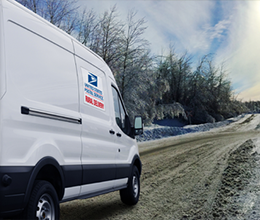
Driving the Rural Delivery Route
The U.S. Postal Service has almost 80,000 rural delivery routes serviced by some 133,000 rural letter carriers. For some of those routes, USPS provides the vehicle; for others, the carrier uses a private vehicle and receives a maintenance allowance from the Postal Service for wear and tear. In fiscal year (FY) 2020, the Postal Service paid out nearly $583 million in maintenance allowances — a rise of $71 million, or 13 percent, over FY 2015.
Not long ago, the Postal Service started converting some private-vehicle rural routes to USPS-vehicle routes, estimating the change would save $888 million over six years. For a recent audit, we reviewed a sample of these completed conversions nationwide as well as future conversions, and found that the Postal Service’s strategy for these changes was generally effective. We also discovered a few shortcomings.
For instance, maximum savings weren’t realized because USPS wasn’t implementing conversions in a timely manner, and we determined that some of the future conversions wouldn’t be the most cost-effective. We made a couple recommendations to improve the process, and Postal Service management agreed with both.
Are you a rural letter carrier, or do you know one? How does a USPS-vehicle route compare with the private-vehicle route? Does one seem more cost-effective from your point of view?

Leave a Comment